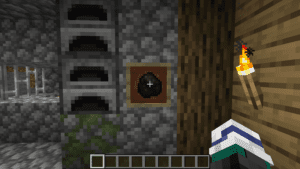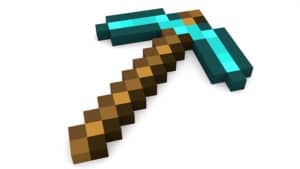All you need to know about Minecraft Mangrove Swamps
The Wild Update’s dense and mysterious new biome
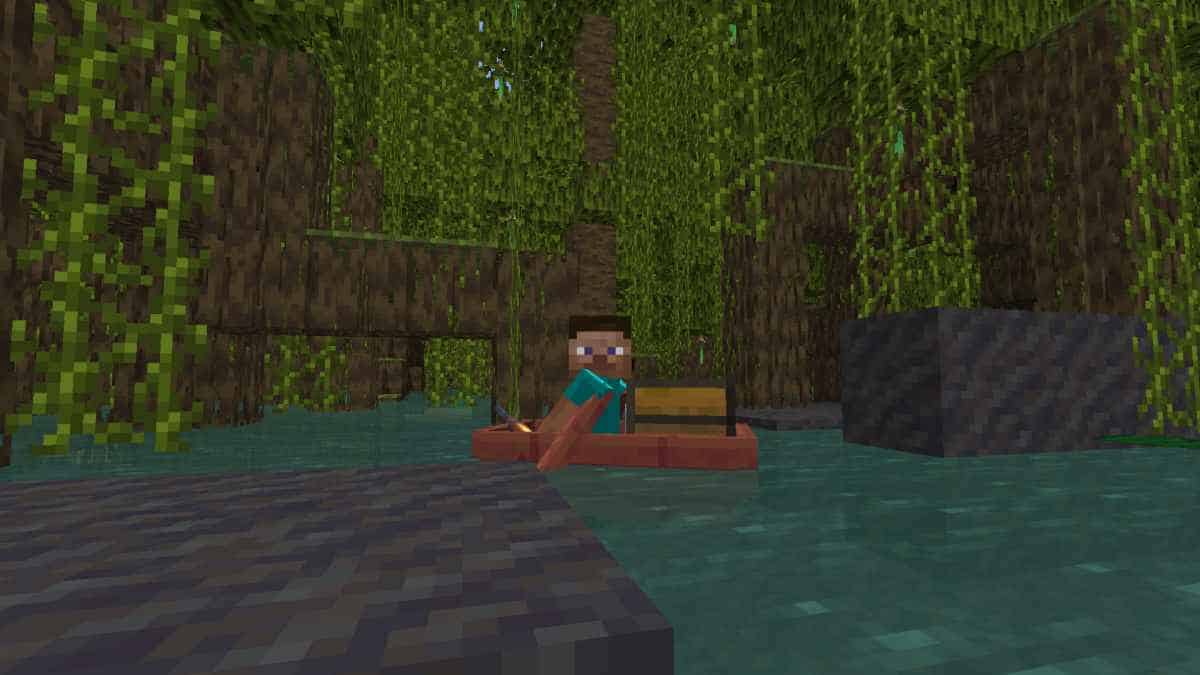
WePC is reader-supported. When you buy through links on our site, we may earn an affiliate commission. Prices subject to change. Learn more
The Minecraft Mangrove Swamp is a new variant of the Swamp biome introduced with Minecraft’s Wild Update in June 2022. Here, we’re going to take a look at all the new blocks, mobs and features of the biome.
This new area is a unique biome, unlike anything we’ve seen in Minecraft before now. While it is a variant of the existing Swamp, it really doesn’t have all that much in common with it at all. We think the best way to introduce yourself to Minecraft’s Mangrove Swamp is to start at the stunning concept art released during Minecraft Live 2021. As you can see from the picture below, the Mangrove Swamp is meant to be beautifully dark, with its long roots and tall branches providing cover and ethereal beauty as you float between them. For some reason, the Kiss The Girl scene from The Little Mermaid springs to mind…
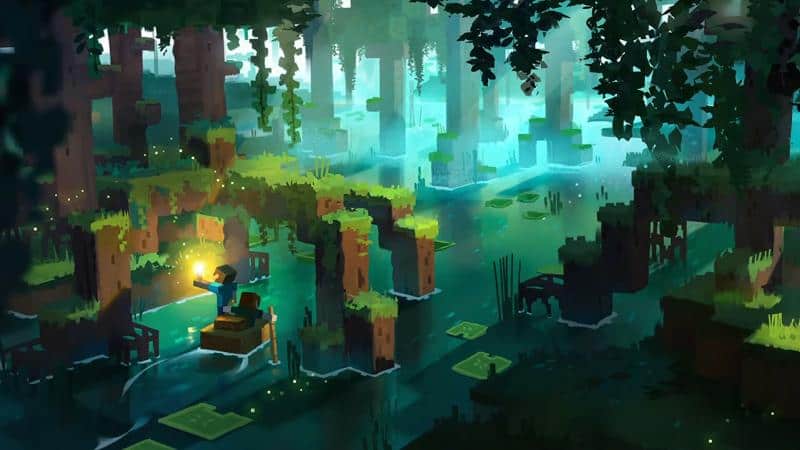
In practice, the Mangrove Swamp doesn’t quite come off like Eric and Ariel’s love story, but this might just be down to the sad omission of Fireflies. It’s still a pretty unique and awesome Minecraft biome, with dark and (we imagine) slimy Mud Blocks covering the ground, and long, exposed Mangrove Roots winding above your head. Mangrove trees spawn more densely than others to give that eerie, enclosed feeling, so you won’t be short on Mangrove wood supply.
What do I need to know about Mangrove wood?
In case you were starting to get bored of the six original Minecraft Wood types, and the Nether wood variations from 2020’s Nether Update, Mangrove wood is here to save the day. A seventh overworld wood variation, Mangrove Wood is beetroot colored with a dark grey-brown bark. Just similar enough to existing wood types to be able to be used with them in builds, and just different enough to stand out as a new block.
As with other types of Minecraft wood, Mangrove wood can be used to craft all wooden items, from steps and slabs, to buttons and boats. And, speaking of boats, you can also craft a Mangrove variant of the new Boat with a Chest.
So there’s a Boat with a Chest now?
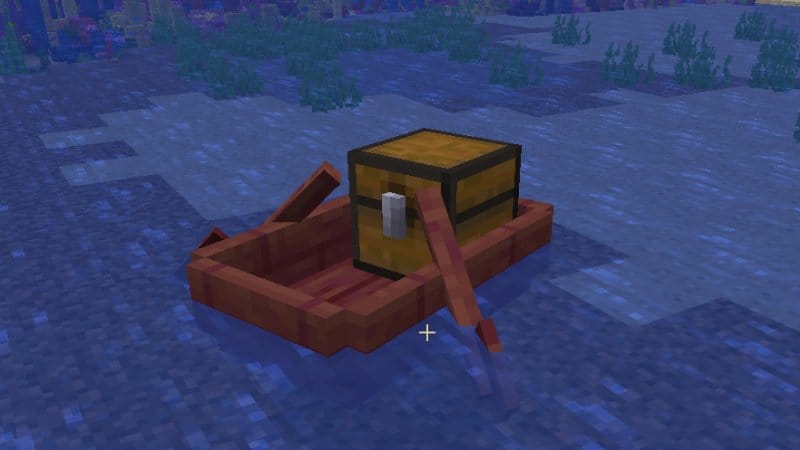
Yep, in lieu of the will-we-ever-actually-get-them Bundles, storage has taken a different turn with The Wild Update. And we’re still on the Mangrove Fence about this one.
A Boat with a Chest can be crafted with, yes, a Chest and a Boat – a total of thirteen wooden planks. While an empty boat can carry two players or a player and a mob, that second space is taken up with a classic chest instead, and you can take up to 27 stacks of items with you on your travels, doubling your own on-person inventory. However, while this might sound useful, you can’t break the boat without scattering your collection into the ocean. So, really, whether this new item will be of use to you depends on your adventuring style or requirements. Shuttling between build locations with materials? Great! Heading out into the world with no real idea where you’re going, in hunt of inspiration? Well, it might not be the best way to go, lest you end up leaving your boat and 1728 items within it somewhere you can never find again.
And Frogs in Minecraft?
A new mob comes hopping in with the Minecraft 1.19 Wild Update and its Mangrove Swamp, as well – the Frog. We won’t go into too much detail about Frogs, Tadpoles and Frogspawn here, as we tell you everything you need to know about them in their own, dedicated guide. However, it is worth noting that Frogs only spawn naturally in Swamps and Mangrove Swamps, so you’ll need to venture out to these specific biomes in order to find and farm your own Froggy family.
More Mangrove Swamp blocks
While we’ve left it ‘til last, possibly the best part of Mangrove Swamps is the vast range of new blocks that comes with it. We briefly mentioned the Mud Block at the start of this guide, also just the start of the new materials you’ll have with which to build in Minecraft 1.19.
Mangrove Mud and more
As we mentioned, the Mangrove Swamp is a dark and, well, swampy place. To get through these tall, dense biomes, you’ll be trudging through blocks and blocks of mud. This new Mud block isn’t just there to make these Mangrove biomes look more mysterious, though, it has many more uses than that.
Firstly of course, Mud Blocks can be used as a building block. As for their texture, Mud Blocks are similar to Tuff, only in a dried-mud, dark grey and brown color combination, so could be used to provide depth in any neutral-colored build. If you want more of the stuff, or are struggling to locate a Mangrove Swamp, it’s easily renewable, just use a water bottle on a Dirt, Course Dirt, or Rooted Dirt block. You can then also use Mud Blocks to craft Packed Mud, which is a lighter brown block, more similar in color to wet mud.
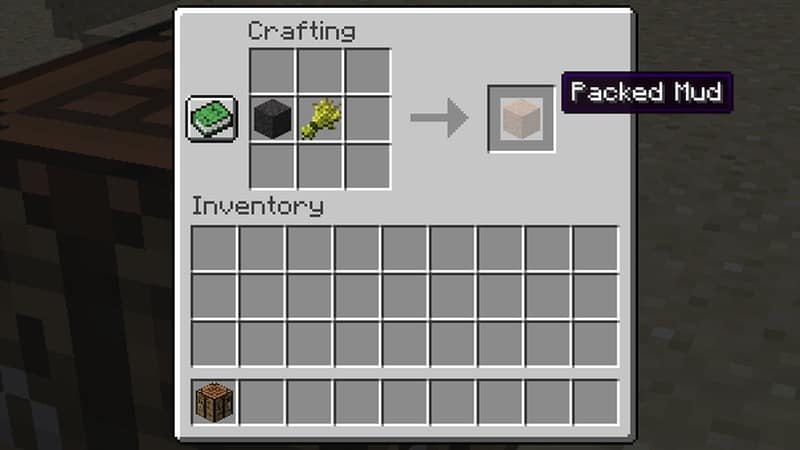
The building potential doesn’t stop there, as you can then craft Mud Bricks. Why we haven’t had a block like this before is astounding, considering the divisive and memetic value of the classic dirt house in Minecraft. Now, you can actually build yourself a somewhat desirable mud starter hut, with actual Mud Bricks, Mud Brick Stairs, Slabs and even Walls.
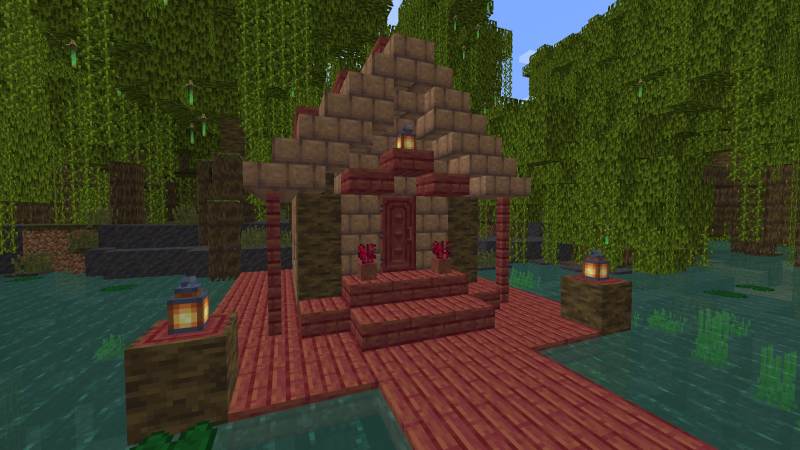
The Mangrove’s Muddy Roots
The Mangrove Tree grows in a very different way to anything else we’ve seen in Minecraft before. Instead of simply growing up straight from the ground, Mangrove Wood will be found off the ground, once you’ve followed the long and winding roots of the Mangrove to higher levels. Mangrove Roots are a transparent full block, and only really have the use of a decorative block, as well as providing a bassy sound when placed under a Note Block. They can also be used as a fuel source in desperate times, but since they only smelt 1.5 items per block, aren’t particularly cheap. Finally, they can be used in the Crafting Recipe for Muddy Mangrove Roots…
Muddy Mangrove Roots are a naturally-occurring block that generates when Mangrove Roots meet Mud. As mentioned, you can also craft yourself more Muddy Roots with Mangrove Roots and Mud, unsurprisingly. While there is no real use for Muddy Mangrove Roots, they are yet another new addition to the masses of building blocks in Minecraft, and will no doubt find their place alongside Mangrove Roots in natural and overgrown aesthetic builds.
Grab a propagule
The final item to cover in the Mangrove Swamp is the Mangrove Propagule. This is, effectively, the Mangrove Sapling, but – as with everything else in the Mangrove Swamp – works slightly differently than we’re used to.
You’ll see Mangrove Propagules as you roam the Mangrove Swamp, hanging down from Mangrove Leaves. These little green, bamboo-like sticks can simply be broken off the tree, so with Mangroves, there is actually no need to break down a tree to grow a new one. Be careful, though, as they have different growth stages – break it too early, and you won’t get a propagule.
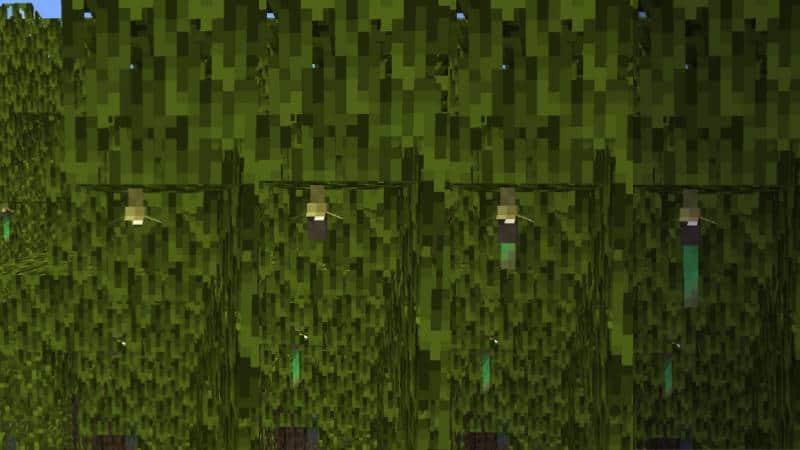
Once you have a propagule, simply plant it anywhere you normally plant a sapling, or on Mud, and you grow a Mangrove tree, complete with its own Propagules. And, thus, the circle of life continues.
That’s everything you need to know about Minecraft’s Mangrove Swamps. For more on the new arrivals to the Minecraft Wild Update, 1.19, check out our other guides, like everything you need to know about Ancient Cities, and our guide to the terrifying Warden.
More Minecraft structures
- How to locate structures using cheats in Minecraft
- How to find Woodland Mansions
- Everything you need to know about Ancient Cities
- How to open the secret Ancient City Redstone door
- All you need to know about Minecraft Shipwrecks
And head over to our Minecraft hub for even more news, guides and how-tos!


